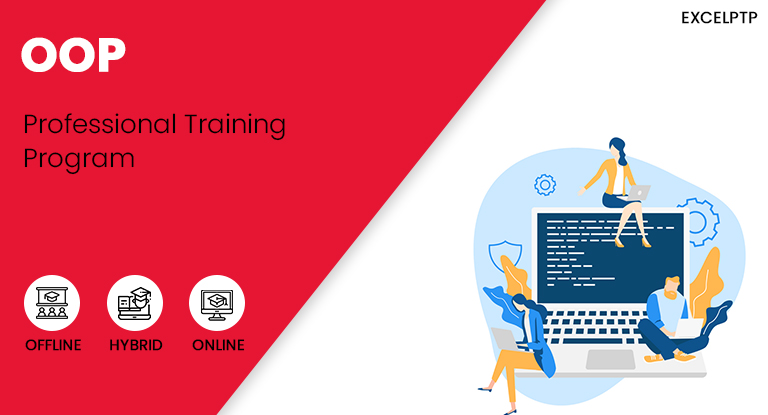

Who can learn SystemVerilog? This course is basically for students and engineers who want to understand the fundamentals of developing testbench using OOP principles in a short amount of time and verification engineers who wish to brush up on their OOPS concepts in SystemVerilog principles.

It introduces the abstract class notion, which is only a placeholder for a class that cannot be used to generate objects, and is only used in task and function calls.It uses virtual methods to introduce the idea of polymorphism, which is helpful for overriding class attributes and methods.OOPS in SystemVerilog also introduces the idea of encapsulation, which is a data concealing attribute in a class that allows a specific data member to be kept private.
Oops programs code#
OOPS in SystemVerilog helps in Introducing the idea of inheritance, which is beneficial in extending the properties of a base class into a child class along with its existing methods, increasing code reusability and reducing code length.The notion of OOP is used in languages such as SystemVerilog, Java, and C++.

In contrast to procedural languages, the idea of class and object adds dynamism to a code and, more crucially, makes it reusable. Also Read: The impact of artificial intelligence in vlsi design What’s the Need for OOPS in SystemVerilog? OOP introduces the notion of a class, which is a collection of data and methods that is dependent on object activity.

A body is not required for a virtual method in an abstract class this must be specified in a non-abstract derived class. This implies that if a derived class overrides a virtual method, the signature (return type, number and kinds of parameters) must be the same as the virtual method. Virtualization may also be used to call methods. This is known as an abstract class in case of OOPS concept in SystemVerilog, and it is declared with the term virtual. The class’s sole purpose is to serve as a base class from which further classes can be derived. Virtual Methods and Classes It’s sometimes helpful to create a class without meaning to produce any of the class’s objects. To put it another way, the new class is a more specialised variant of the old one. The derived class, on the other hand, may add new properties and methods or alter the inherited ones. A derived class inherits its parent or base class’s attributes and methods by default. Inheritance – Extending Classes The capacity to build new classes based on existing classes is one of the most important characteristics of OOPS in SystemVerilog. Classes in SystemVerilog allow encapsulation, data hiding, inheritance, and polymorphism, which are all features of object orientation. Data (properties) and tasks and functions to access the data make up classes (called methods). A class is a data type that has been specified by the user. Classes are used to model data, and their values can be generated using restricted random methods. Classes: As the cornerstone of the testbench automation language, SystemVerilog introduces classes. Some of the basic concepts of OOPS in SystemVerilog are Dynamic processes, mailboxes, classes, inheritance, and polymorphism. Object-Oriented Programming is meant to expose verification engineers to SystemVerilog’s class-based programming. OOP is the most widely used programming paradigm in today’s software, combining programme and data into an object structure that encompasses both what must be done and how it must be done. What are the basic OOPS Concepts in SystemVerilog? The concept of OOPS was first implemented in SystemVerilog, which is the first hardware design and verification language. In this article, we will learn about the use of OOPS concepts in SystemVerilog. When compared to procedural languages like Verilog, OOPS provides more flexibility and compatibility. The main goal of an OOP-based language or specifically, OOPS in SystemVerilog is to figure out what objects to handle and how they relate to one another. In contrast to procedural programming, OOPS in Verilog organises programmes around objects and data rather than actions and logic. In order to grasp the capabilities of OOPS in SystemVerilog, we must know the concept of objects, class, method, inheritance, encapsulation, abstraction, polymorphism in OOPS. SystemVerilog is an object-oriented programming language used to model, design, simulate, test and implement electronic systems.


 0 kommentar(er)
0 kommentar(er)
